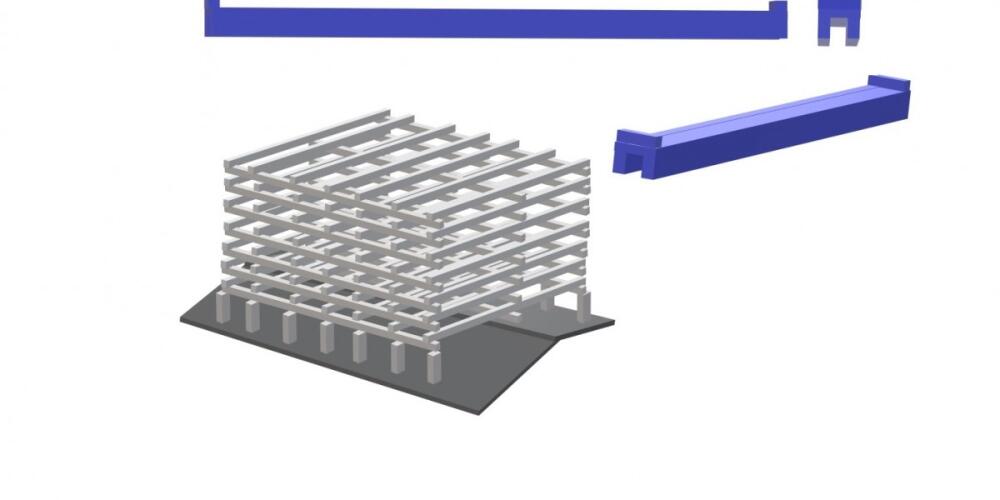
Californian worms have been bred for decades around the globe. They are used for the processing of manures, and is product high quality humus.
Small breeders worms products for fishing, while big breeders produced worms feed chickens and pigs, or produce protein flour.
Worms are produced on 1 meter wides, and more meters long tapes. Barn manure is added once a week until the height increases to 0.5 meters. After that, worms from the top is the transfer to the second tapes, or are separated, and the humus is sifted and packed.
This job demands a lot of human work.
The whole process it can be performed on a much smaller surface, using machines.
It is possible to make to breed worms in a vertical growers.
In such breeding grounds, it is necessary to bring air into the depth of mass.
Air can reach up to 0.5 meters in the depth of mass.
The vertical grower on placed on two rows of base columns. The base pillars reach a height of 0.5 meters above the ground. Between the two rows of columns, the ground is slightly inclined towards the center of the growers, and a concrete slab is laid on it. On that concrete slab humus slips from the middle of the growers to the sides. Irradiated beams are laid on concrete foundations.
Beams must be made of reinforced concrete with injected glass fibers to obtain very solid fiber concrete.
These beams may be at least two meters long.
In cross-section look like the reverse letter U.
Thanks to this, when these concrete beams for irradiation are placed on the underlying pillars, beneath the beam is the free flow of air. On one row of concrete beams for irradiation is placed the second order of which is set at 90 degrees with respect to the first row. The third order of the is likewise at 90 degrees relative to the second row. In this way, the worms growers can be raised to a height of several meters.
At the ends of these concrete concrete beams for irradiation on the upper side there is a slight elevation that prevents slipping on the side of the next higher order. This gives the growers a firmness hov do the side mass is pressure would not collapse. The concrete concrete beams for irradiation are located at a distance of up to one meter. Thus, the air flowing below can reach every part of the mass in the middle of the growers.
Food for worms is added from the top with a dumper, loader, or conveyor belt. The inserted mass should be watered at least once a day. This can also be done with automatic sprayers.
The processed humus is extracted from the bottom by watering the water. Wet humus runs along the base pylons as a mud and flows from there.
After drying out, it is flushed with sifting. Propelled humus should have a humidity of about 60%. After drying is packed for sale.
In addition to manure, worms glistening can be fed to any waste of plant origin, provided they are not acidic or alkaline.
Worms can be fed in this way and with municipal waste.
In communal waste up to 70 percent of the mass is biological origin.
Worms can transform all of this mixed mass into humus, if they have enough water and air. Worms eat bio-mass, and the remaining inert waste remains mixed with humus.
In this way, the total waste mass can be reduced by more than 50 percent.
This mass for the side of the growers is extract and transported to the sieve.
Worms and humus are separated so that water is watered.
Remaining waste is inert to atmospheric impacts. From this inert waste, magnets can separate metals while the rest can be safely disposed of or processed.
This remainder can be sorted by size, and used as a road surface, or for some other purposes.
Other of my technical analyzes and innovations can be found in this book.
Tags
Featured articles